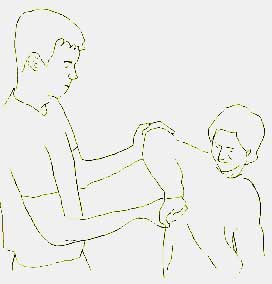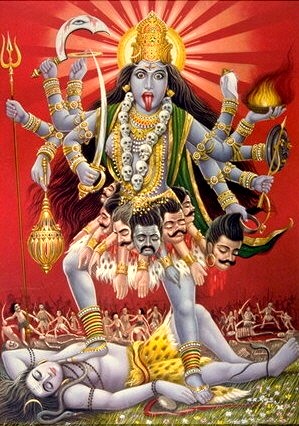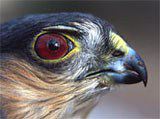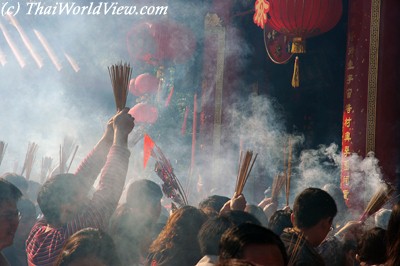Tendon Twisting
/ This is a continuation of the series on jin, that started below with a discussion of pulsing.
This is a continuation of the series on jin, that started below with a discussion of pulsing.Twisting integrates the body and is essential to make the mechanics of Taijiquan operative. Most sports, and even most martial arts, do not emphasis twisting enough. Twisting integrates the body because as you twist you take the slack out of tendons; if all the tendons throughout the body have an equal amount of twisting, the movement of the hand will be simultaneous with the movement of the foot.
This principle can be simply illustrated by stepping on one end of a towel and twisting the other end until it is like a thick rope. Movement at one end of the towel while it is slack at best sends a wave through the towel. After you have twisted it the whole thing moves as one flexible hunk.
 Twisting unevenly will cause lots of damage. That's how joint locks and breaks work. Practice on a chicken if you want. For instance, to bust the wrist, just twist it while immobilizing the elbow.
Twisting unevenly will cause lots of damage. That's how joint locks and breaks work. Practice on a chicken if you want. For instance, to bust the wrist, just twist it while immobilizing the elbow.This practice is the main reason that Chinese martial artists do not have or need big bulging arm or leg muscles.
Again, twisting is part of jin, it creates underlying dynamic structure. It is not itself a source of power, it does make the use of power more efficient.
Image: I got the image of the towel from this Heller Bodywork site, they are making a different but related point about the process of balancing.


 I'm working on some posts about fear, but they aren't finished yet.
I'm working on some posts about fear, but they aren't finished yet. The T'ai Chi Boxing
The T'ai Chi Boxing  I went to two parties after teaching all morning yesterday, so I haven't had time to edit all the comments in moderation. Sorry I'll get to it soon.
I went to two parties after teaching all morning yesterday, so I haven't had time to edit all the comments in moderation. Sorry I'll get to it soon. When you move forward, you should have the feeling that objects- people, rocks, trees- are being drawn-in toward you, not that you are getting closer to them." (I'm paraphrasing here.)
When you move forward, you should have the feeling that objects- people, rocks, trees- are being drawn-in toward you, not that you are getting closer to them." (I'm paraphrasing here.) Sinking one's center of gravity.
Sinking one's center of gravity.


 after the parts I think are the strongest, the points that are most central, and are the most likely to change one of our opinions.
after the parts I think are the strongest, the points that are most central, and are the most likely to change one of our opinions.